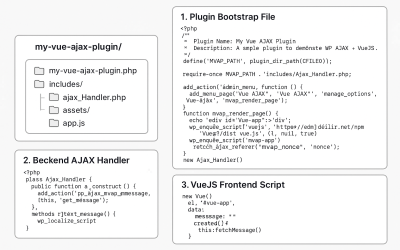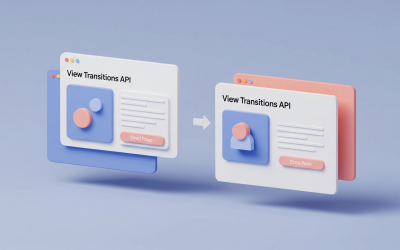Blog
Tailwind Conflict With Css On WP
Hey there, fellow developer! If you're diving into...
Create a WordPress Plugin with WP AJAX and VueJS
Plugin Goal We will create a WordPress plugin that uses...
CSS View Transitions: Bringing Smoothness and Context to Your Web Designs
CSS View Transitions: Bringing Smoothness and Context to...
My QA Journey: 6 Epic Fails That Made Me a Testing Better (With Hidden Truths No One Talks About)
Stepping into Quality Assurance (QA) feels like being...
A Complete Guide to Building a Proper WordPress Plugin from Scratch
1. Understand what a WordPress Plugin is? In WordPress,...
Color Systems Made Simple for Frontend Developers
Colors play a critical role in web design. They affect...
My Journey as a QA Intern: From Imposter Syndrome to Rocking the Test Plan
The Day the Imposter Monster Attacked New job, Tuesday...
Popular Posts
Tailwind Conflict With Css On WP
Hey there, fellow developer! If you're diving into...
Create a WordPress Plugin with WP AJAX and VueJS
Plugin Goal We will create a WordPress plugin that uses...
CSS View Transitions: Bringing Smoothness and Context to Your Web Designs
CSS View Transitions: Bringing Smoothness and Context to...
GET TIPS EARLIER
Subscribe to receive weekly updates on fresh information to help your business.







